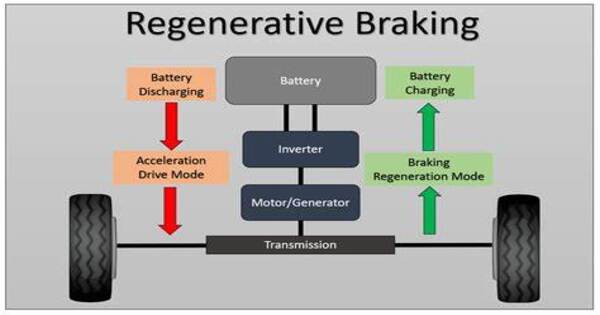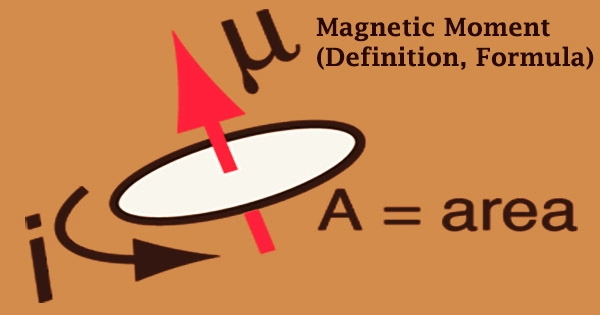Regenerative braking is an energy recovery technique that slows a moving vehicle or item by transforming its kinetic or potential energy into a form that can be used right away or stored until needed. It is a technology that allows vehicles, notably electric and hybrid vehicles, to recover kinetic energy during braking.
When a vehicle equipped with a regenerative braking system slows or stops, the electric motor acts as a generator, converting the vehicle’s kinetic energy to electrical energy. This energy is then stored in the vehicle’s battery or used right away to power other components.
Working Principle
The principle behind regenerative braking is to increase energy efficiency and extend the range of electric vehicles by capturing energy that would otherwise be lost as heat during traditional friction braking. It not only helps in conserving energy but also reduces wear and tear on the braking system.
Typically, regenerative brakes function by driving an electric motor in reverse to recover energy that would otherwise be wasted as heat during braking, thereby transforming the traction motor into a generator. Feeding power backwards through the system allows the energy gathered during deceleration to restock an energy storage solution, such as a battery’s capacitors; once stored, this power can then be employed to enhance forward propulsion. Automotive regenerative brakes are most typically used in hybrid and electric vehicles because they require an electrified vehicle design.
This technology differs from traditional braking systems, in which surplus kinetic energy is transformed to undesirable and wasted heat due to friction in the brakes. Similarly, rheostatic brakes recover energy by employing electric motors as generators, but it is quickly dissipated as heat in resistors.
Importance
Regenerative braking systems differ in complexity and efficiency based on the vehicle type and manufacturer. Some systems can be set to varying amounts of regeneration, allowing drivers to tailor their driving experience or enhance energy recovery in specific scenarios. Overall, regenerative braking helps make electric and hybrid vehicles more efficient and environmentally benign.
















